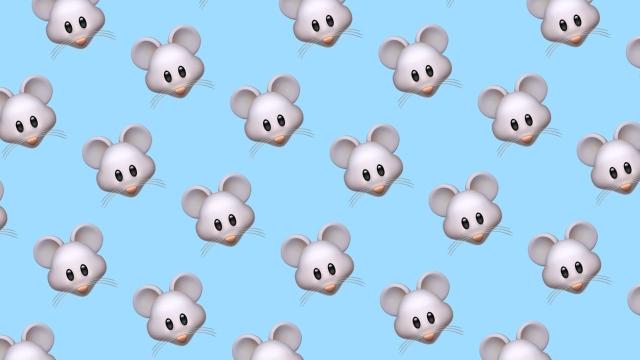In a world first, mice have been successfully cloned from freeze-dried skin cells. This research could have implications for reviving the populations of endangered species.
The news comes by way of Nature Communications, with the research conducted at the University of Yamanashi in Japan. It’s a breakthrough, no doubt, but it’s also the latest story in the ongoing efforts of this team to clone and experiment with mice cells, in an effort to understand the genetic makeups of the animals of our world.
It’s hard to understate this breakthrough. Being able to clone healthy mice from a freeze-dried skin cell is huge. As The Guardian pointed out, it paves the way for boosting the genetic diversity of threatened and critically endangered animals, by cloning them and keeping the population maintained.
“If these cells can be preserved without liquid nitrogen using freeze-drying technology, it allows genetic resources from around the world to be stored cheaply and safely,” Professor Teruhiko Wakayama, the leader of the research, told The Guardian.
“Developing countries will be able to store their own valuable genetic resources in their own countries. Also, even in endangered species where only males survive, this technology can be used to create females to revive the species.”
When the team performed the freeze-drying process on the mouse cells, it killed them. Normally when we talk about cloning, an experiment could end here as a failure.
However, the freeze-dried cell contained intact DNA of the mice. Months later, the team rehydrated the cells and combined hundreds of nuclei into the eggs of other mice, creating early embryos. The nuclei from these cells went on to be fused with another round of eggs.
All up, 2,000 embryo transfers produced 19 perfectly healthy mice. This process was then repeated using the cells from tail tips of both male and female mice, and 56 more mice were born.
A dozen mice were grown to maturity and paired off for mating, going on to produce litters of their own. The first mouse born, named Dorami, lived for 10 and a half months.
This technique, as the paper highlights, could lead to an alternative, cheaper and safer liquid nitrogen-free biobanking solution.
Looking to the future, if this treatment could be performed on an endangered species where only males survived, then it could be instrumental in species rehabilitation.
With so many species becoming extinct, we’re going to need innovations like this.
You can read about the breakthrough in Nature Communications.
